Amazing places to visit in Africa
Here is a compilation of ten amazing places that is sure to take your breath away in Africa... The list is just my own compilation in no particular order
Victoria Falls, Zambia - Zimbabwe
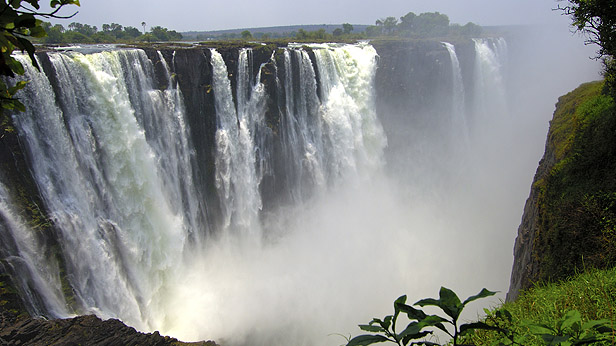
Located on the mighty Zambezi River, at the border of Zambia and Zimbabwe, the locals call them “Mosi-oa-Tunya”, which means the “smoke that thunders” – an apt description for the columns of spray that can be seen and heard from miles away. The name by which it is known globally was given by the noted explorer and missionary Dr. David Livingstone, who named the Falls after Queen Victoria during a visit in 1855.
The great pyramids of Giza- Egypt
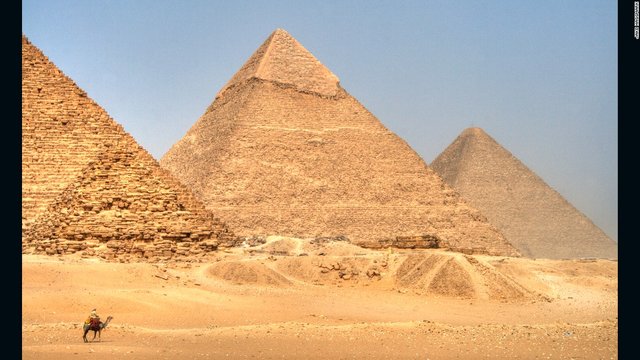
The Great Pyramid was built from 2.3 million stone blocks, weighing in at an unfathomable 5.9 million tonnes - roughly equivalent to 590 Eiffel Towers! Typically, these massive resting places functioned on two levels - as decadent statements of wealth and power, as well as dedicated monuments to the gods and their power (and, importantly, their judgement). The most treasured possessions of the pyramid’s residents were buried with them for comfort in the afterlife, and in some cases, animals and even slaves were interred with them, for company and assistance on their journey.
The greatest of these pyramids is the tomb of Pharaoh Khufu (also known as Pharaoh Cheops), found at Giza, a few kilometres south of Cairo, at the same location as the great Sphinx - a half-human, half-lion statue considered to be one of the world’s largest and oldest statues.
Zuma Rock- Nigeria
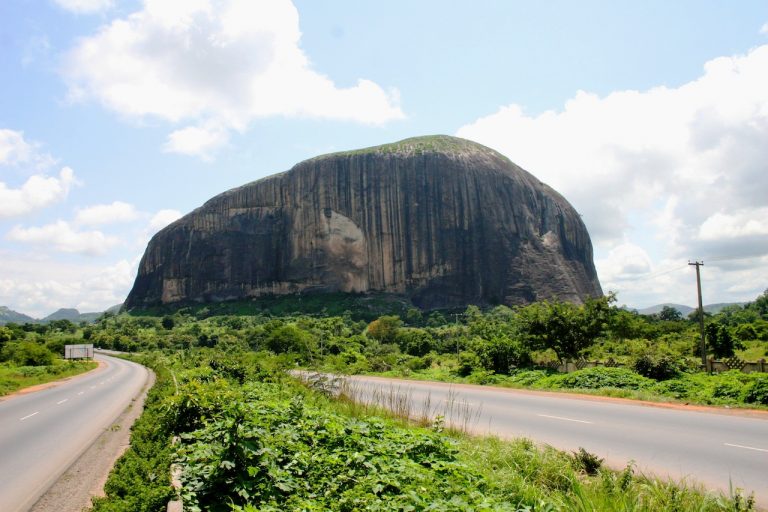
Zuma Rock, the monolithic Inselberg with a human face etched on it, is located in Madalla, Niger State, to the North of Abuja.
Zuma Rock was first located in a thick forest by the people of Zuba and the Koro in the 15th century, when they settled around the Rock. The Zuba people named the rock, “Zumwa”, which means “the place of catching Guinea-Fowls”. Thus, the name “Zuma” was derived from this name.
Visiting Zuma Rock between April and October, which marks the rainy season in central Nigeria where the rock is situated, would afford you the opportunity of seeing the much talked Zuma Rock Fire, as the apex of the Rock catches fire under heavy rainfall. Over time, this has remained one of the wonders to behold.
Fish River canyon- Namibia
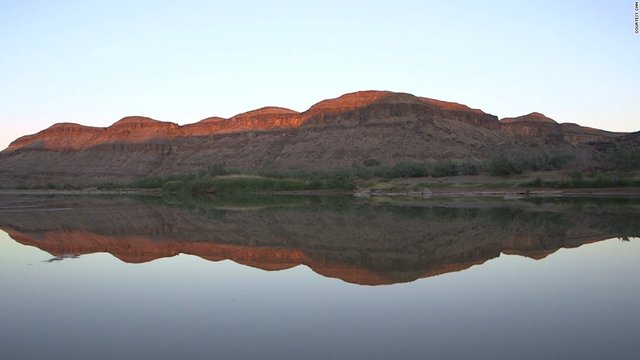
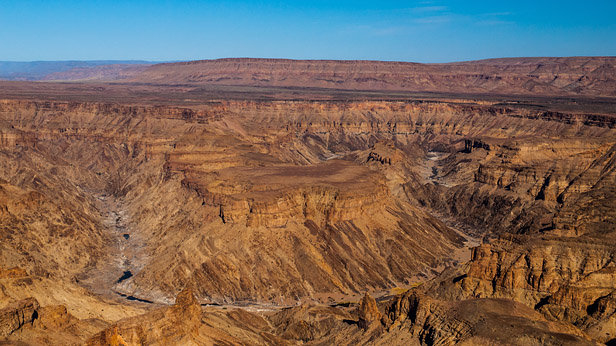
Some 500 meters deep and more than 160 kilometers long, this great rift is second only to the United States' Grand Canyon in size, and during the dry season is characterized by beautiful turquoise pools of seasonally-flowing water stretching into the distance.
Olumo Rock- Nigeria
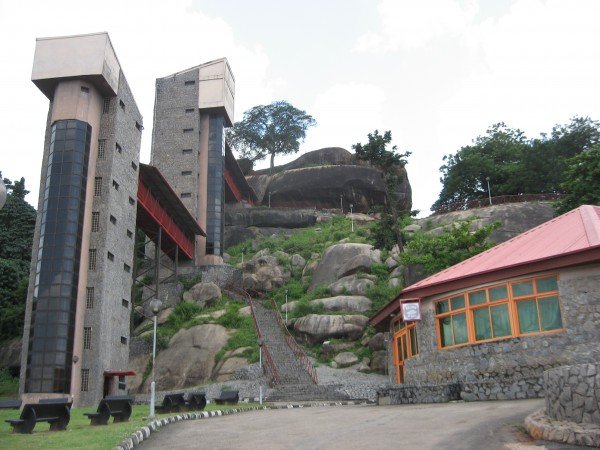
Olumo rock is a massive outcrop of granite rocks of primitive formation from which Abeokuta the capital of the state derived its name.
The rock is an historical monument which served as shelter and fortress for the Egba people who at 1830 had settled under the rock during the intercity wars. The rock is a monument of Faith, Unity source of strength and unfailing protection for Ebga people.
The highest point of the rock is 137 meters above sea level with existence of a muster tree growing for over 200 years and surrounding caves
Lake Malawi- Malawi
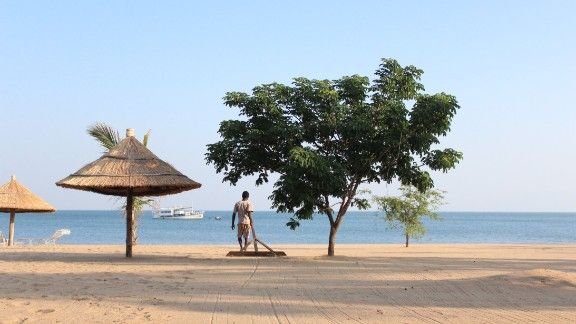
Lake Malawi, one of the largest lakes in the world, was dubbed "Lake of Stars" by Dr. David Livingstone, who trekked here a century and a half ago.
The lake has more tropical fish than any lake in the world-1,300 species, and the freshwater diving is great.
The bio-diversity has been recognised by UNESCO, which has made Lake Malawi National Park, the world's first freshwater park.
Okavango Delta- Botswana
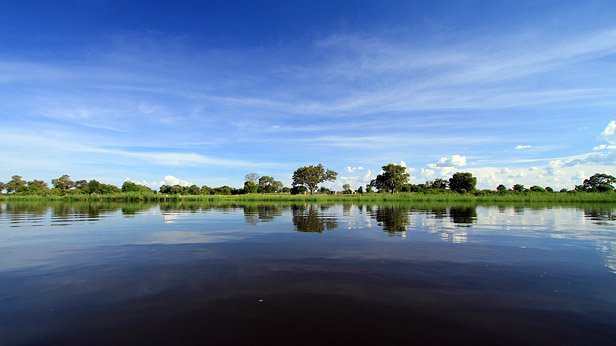
The magnificent Okavango Delta (sometimes incorrectly called the “Okavango Swamp”) is the world’s largest inland delta, covering an area of over 17,000km, and one of the top places to visit in Africa.
This unique natural wonder was formed after an ancient inland sea, Lake Makgadikgadi, dried up thousands of years ago. The Okavango Delta is fed by the highland waters of Uganda, which flow for over a 1,000km to reach the plains of the Kalahari Desert in Botswana. Here, they fan out to create an incredible labyrinth of inland lagoons, islands, channels and lakes - the lifeblood of the animals in the region. The absence of industry or agriculture is responsible for remarkable water purity, which supports a spectacular range of wildlife. As a result, safaris in the Okavango Delta are an exceptional experience.
Wildebeest Migration, Maasai Mara and Serengeti National Parks, otherwise known as; "The great migration"- Kenya & Tanzania
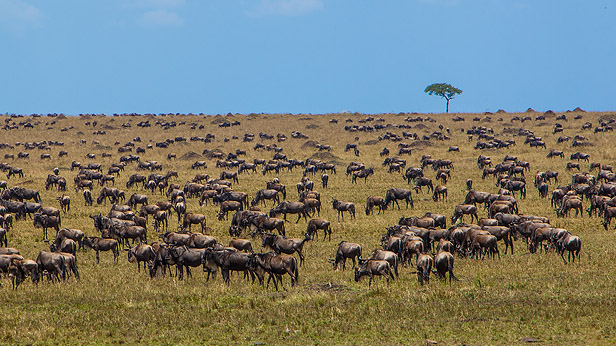
A photo won't capture the thunder of hooves on dirt as more than a million wildebeest and several hundred thousand zebra make their annual migration, but still, this is one for the top of the pile.
The migration is actually a year-round event as the animals move from Tanzania's Ngorongoro Reserve in January, up through the Serengeti around June and hit Kenya's Masai Mara around September, before journeying south again.
Table Mountain- South Africa
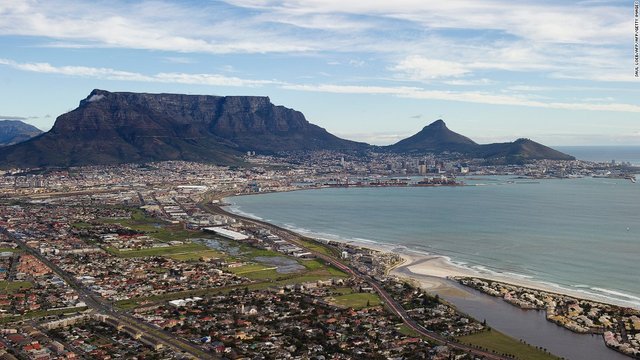
It is also the country’s most photographed attraction and its famous cable car took millions of people to its top.
Table Mountain has become the single most welcoming icon to not only our people, but travellers from all over the world.
But this mountain hides many surprises that wait to be discovered.
It is much more than a scenic photograph background or a place from where you can take a breathtaking photo of Cape Town.
There are about 2,200 species of plants found on Table Mountain and 1470 floral species. Many of these plants and flowers are endemic to this mountain.
The five-minute ascent to the top of Table Mountain offers a 360° view of Cape Town, the ocean and the neighboring peaks.
Mount Kilimanjaro- Tanzania
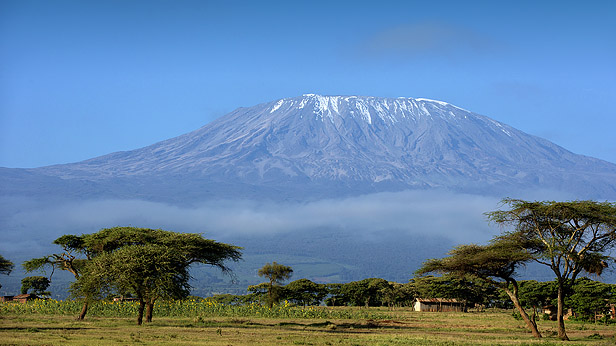
Rising to 19,340 ft above the plains of Africa, Kili (as Mount Kilimanjaro is popularly known) is the highest mountain in Africa. Unusually for such a lofty peak, the highest point, Uhuru, is accessible to anyone who is moderately fit, and many make the pilgrimage to climb Kili every year. It is definitely one of the highlights of any trip to Tanzania.
The mountain is home to an incredible variety of ecosystems: its arctic summit sitting above the slopes of the alpine desert, rugged heathland, a rain forest and even cultivated agricultural areas. That said this eclectic environment is under threat from climate change, with some scientists saying that the peak could be ‘ice free’ within two decades. The scenery at the peak is breathtaking, with the huge glaciers forming a heavenly white landscape. To make this an even more desirable destination, the region around the base of Mount Kilimanjaro is home to some of Africa’s premier wildlife parks and reserves.>>Lake Malawi- Malawi

Lake Malawi, one of the largest lakes in the world, was dubbed "Lake of Stars" by Dr. David Livingstone, who trekked here a century and a half ago.
The lake has more tropical fish than any lake in the world-1,300 species, and the freshwater diving is great.
The bio-diversity has been recognised by UNESCO, which has made Lake Malawi National Park, the world's first freshwater park.
Okavango Delta- Botswana

The magnificent Okavango Delta (sometimes incorrectly called the “Okavango Swamp”) is the world’s largest inland delta, covering an area of over 17,000km, and one of the top places to visit in Africa.
This unique natural wonder was formed after an ancient inland sea, Lake Makgadikgadi, dried up thousands of years ago. The Okavango Delta is fed by the highland waters of Uganda, which flow for over a 1,000km to reach the plains of the Kalahari Desert in Botswana. Here, they fan out to create an incredible labyrinth of inland lagoons, islands, channels and lakes - the lifeblood of the animals in the region. The absence of industry or agriculture is responsible for remarkable water purity, which supports a spectacular range of wildlife. As a result, safaris in the Okavango Delta are an exceptional experience.
Wildebeest Migration, Maasai Mara and Serengeti National Parks, otherwise known as; "The great migration"- Kenya & Tanzania

A photo won't capture the thunder of hooves on dirt as more than a million wildebeest and several hundred thousand zebra make their annual migration, but still, this is one for the top of the pile.
The migration is actually a year-round event as the animals move from Tanzania's Ngorongoro Reserve in January, up through the Serengeti around June and hit Kenya's Masai Mara around September, before journeying south again.
Table Mountain- South Africa

It is also the country’s most photographed attraction and its famous cable car took millions of people to its top.
Table Mountain has become the single most welcoming icon to not only our people, but travellers from all over the world.
But this mountain hides many surprises that wait to be discovered.
It is much more than a scenic photograph background or a place from where you can take a breathtaking photo of Cape Town.
There are about 2,200 species of plants found on Table Mountain and 1470 floral species. Many of these plants and flowers are endemic to this mountain.
The five-minute ascent to the top of Table Mountain offers a 360° view of Cape Town, the ocean and the neighboring peaks.
Mount Kilimanjaro- Tanzania

Rising to 19,340 ft above the plains of Africa, Kili (as Mount Kilimanjaro is popularly known) is the highest mountain in Africa. Unusually for such a lofty peak, the highest point, Uhuru, is accessible to anyone who is moderately fit, and many make the pilgrimage to climb Kili every year. It is definitely one of the highlights of any trip to Tanzania.
The mountain is home to an incredible variety of ecosystems: its arctic summit sitting above the slopes of the alpine desert, rugged heathland, a rain forest and even cultivated agricultural areas. That said this eclectic environment is under threat from climate change, with some scientists saying that the peak could be ‘ice free’ within two decades.
Congratulations @factual! You have completed some achievement on Steemit and have been rewarded with new badge(s) :
Click on any badge to view your own Board of Honor on SteemitBoard.
For more information about SteemitBoard, click here
If you no longer want to receive notifications, reply to this comment with the word
STOP